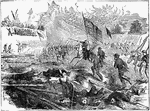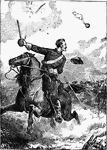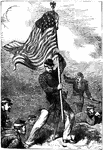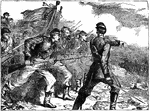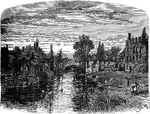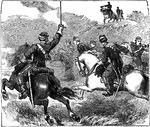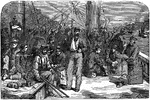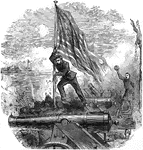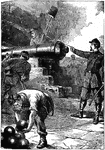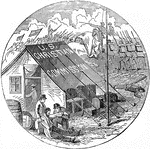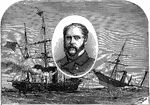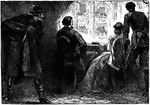
The Star of the West
The Star of the West was a civilian ship hired by the United States government to transport…
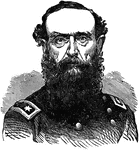
Frederick Steele
Frederick Steele (January 14, 1819 – January 19, 1868) was a career military officer in the United…
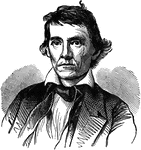
Alexander Hamilton Stephens
Alexander Hamilton Stephens (February 11, 1812 – March 4, 1883) was an American politician from Georgia.…
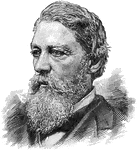
General George Stoneman
George Stoneman, Jr. (August 22, 1822 – September 5, 1894) was a career United States Army officer,…
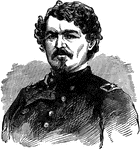
Samuel Davis Sturgis
Samuel Davis Sturgis (June 11, 1822 – September 28, 1889) was an American military officer who…

Fort Sumter
The fort is best known as the site where the shots initiating the American Civil War were fired, at…
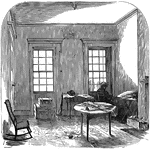
Major Anderson's Headquarters
The headquarters of Major Robert Anderson at Fort Sumter, South Carolina during the American Civil War.

Fort Sumter in 1864
The fort is best known as the site where the shots initiating the American Civil War were fired, at…
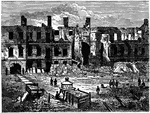
Inside the Walls of Fort Sumter
The fort is best known as the site where the shots initiating the American Civil War were fired, at…
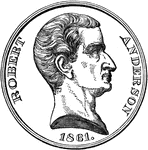
Fort Sumter Medal (Front)
The Fort Sumter medal executed by order of the New York Chamber of Commerce in recognition of the Battle…
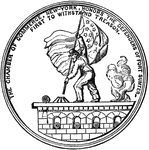
Fort Sumter Medal (Back)
The Fort Sumter medal executed by order of the New York Chamber of Commerce in recognition of the Battle…
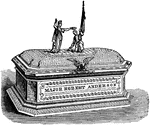
Gold Box Presented to Anderson
The gold box presented to Major Robert Anderson for his command of Fort Sumter during the American Civil…
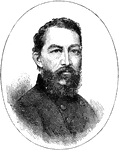
General Philip Henry Sheridan
(1831-1888) Philip Sheridan was a United States Army officer and Union General in the Civil War.
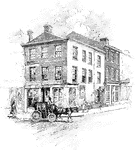
Southern Literary Messenger Building
The Southern Literary Messenger was a periodical published in Richmond, Virginia, from 1834 until June…
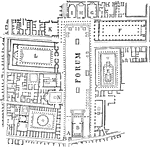
Forum of Pompeii
"Forum of Pompeii. A, principal entrance; B, a Corinthian temple; C, the public prison (carcer publicus);…
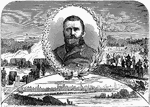
Ulysses S. Grant
Ulysses S. Grant, born Hiram Ulysses Grant (April 27, 1822 – July 23, 1885), was an American general…
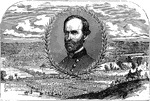
General Sherman
William Tecumseh Sherman (February 8, 1820 – February 14, 1891) was an American soldier, businessman,…
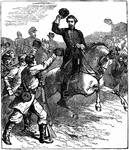
George McClellan
George Brinton McClellan (December 3, 1826 – October 29, 1885) was a major general during the…

George McClellan at Battle of Antietam
George Brinton McClellan (December 3, 1826 – October 29, 1885) was a major general during the…

Battle of Antietam
The Battle of Antietam (also known as the Battle of Sharpsburg, particularly in the South), fought on…

Kearny Cross
The Kearny Cross was a military decoration of the United States Army, which was first established in…

David Glasgow Farragut
David Glasgow Farragut (July 5, 1801 – August 14, 1870) was a flag officer of the United States…
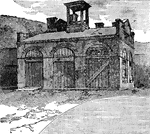
John Brown's Fort in Harpers Ferry
John Brown's Fort (the engine house) from John Brown's Raid on Harpers Ferry. Brown led a group of 21…
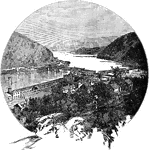
Harpers Ferry
Harpers Ferry is a historic town in Jefferson County, West Virginia. It is located at the confluence…
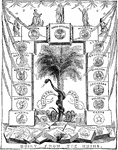
Southern Republic Built from the Ruins
A political cartoon of the Southern states being built from the ruins after the Civil War.
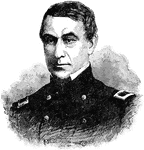
Major Robert Anderson
Robert Anderson (1805 - 1871) was a Union Army officer in the American Civil War. He is most known for…
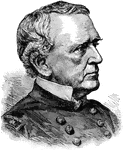
General John A. Dix
John Adams Dix (1798 - 1879) served as the Secretary of the Treasury, U.S. Senator, and New York Governor.…

Fac-smile of General John A. Dix's Dispatch
John Adams Dix, of New York, was appointed Secretary of the Treasury. He sent Mr. Jones to New Orleans…
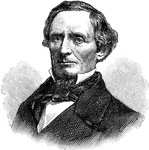
Jefferson Davis
Jefferson Finis Davis (1808 – 1889) served as President of the Confederate States of America for…
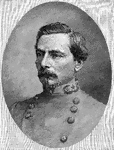
General Pierre Gustave Toutant Beauregard
Pierre Gustave Toutan Beauregard (1818 - 1893) was a Louisiana-born author, civil servant, politician,…

Captain Knott V. Martin's Pig
It is four o'clock in the afternoon when a messenger rides up to the house of Captain Knott V. Martin.…

Massachusetts Sixth Attacked When Marching Through Baltimore
The Massachusetts Sixth is the first to leave to save Washington from the Confederates. However, they…
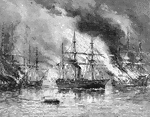
Norfolk Navy Yard Burning
The Norfolk Naval Yard, also known as the Norfolk Naval Shipyard became an integral shipyard during…

New York Seventh Regiment Marching Down Broadway
The secessionists tore up the railroad but the men of the eighth Massachusetts knew how to build railroads.…
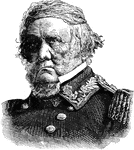
General Winfield Scott
General Winfield Scott (1786 - 1866) was a United States Army general, and unsuccessful presidential…
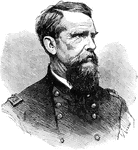
Francis Preston Blair Jr.
Francis Preston Blair Jr. (1821 - 1875) was an American politician and Union Army general during the…
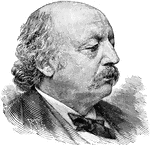
Benjamin Franklin Butler
Benjamin Franklin Butler (1818 - 1893) was a lawyer and politician who was a U. S. Representative for…

General Butler Declaring African Americans "Contraband of War"
The controversial General Benjamin Franklin Butler declares that the African Americans are "contraband…
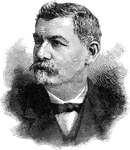
General George B. McClellan
General George B. McClellan (1826 - 1885) was a major general during the Civil War. He is most known…
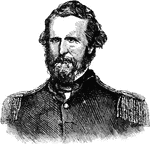
General Nathaniel Lyon
General Nathaniel Lyon (1818 - 1861) was the first Union general to be killed in the Civil War and is…
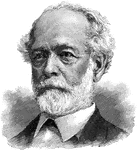
General Joseph Eggleston Johnston
General Joseph Eggleston Johnston, also known as General J. E. Johnston (1807 - 1891) was a U.S. Army…
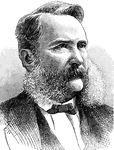
General James Longstreet
General James Longstreet (1821 - 1904) was a famous Confederate general of the American Civil War and…
